Last Updated
Just 40 minutes from the Magical Town of Bacalar is a small fishing village that will fascinate you with the warmth of its people and the serene beach called Mahahual. Near this area is the largest Mayan settlement that arose south of Quintana Roo, Chacchoben. Here is the complete guide to visiting the archaeological site of Chacchoben.
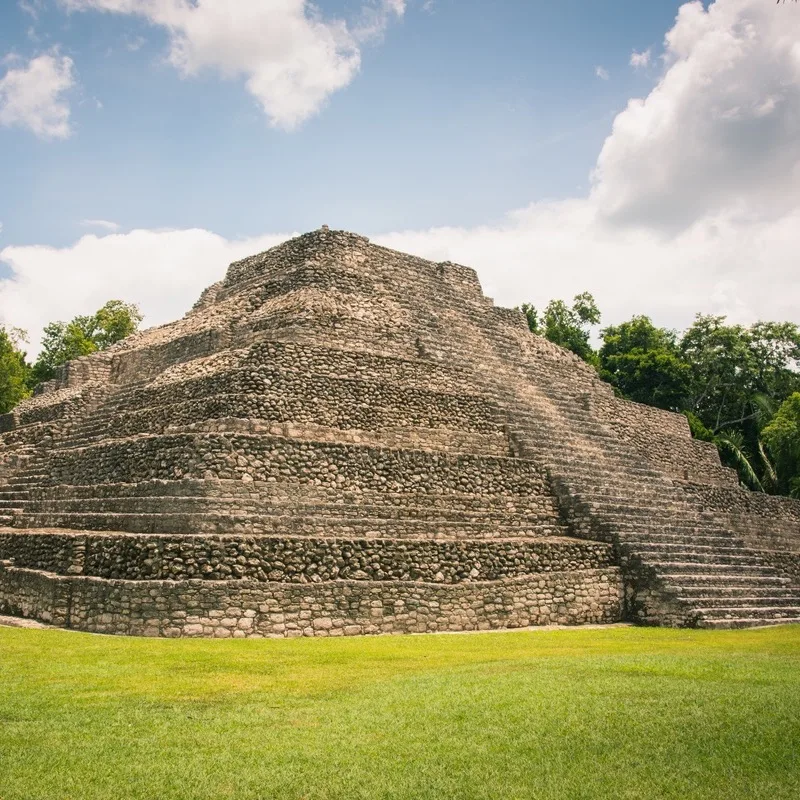
Where is Chacchoben?
The archaeological site of Chacchoben is located in Bacalar, Quintana Roo, Mexico. Its address is 29 miles southeast of Bacalar on Federal Highway 307 and State Highway 293. It is located 5 miles from the exit on Federal Highway 307 (Chetumal-Cancun). The entrance to the site is 2 miles northwest of the town of Lazaro Cárdenas.
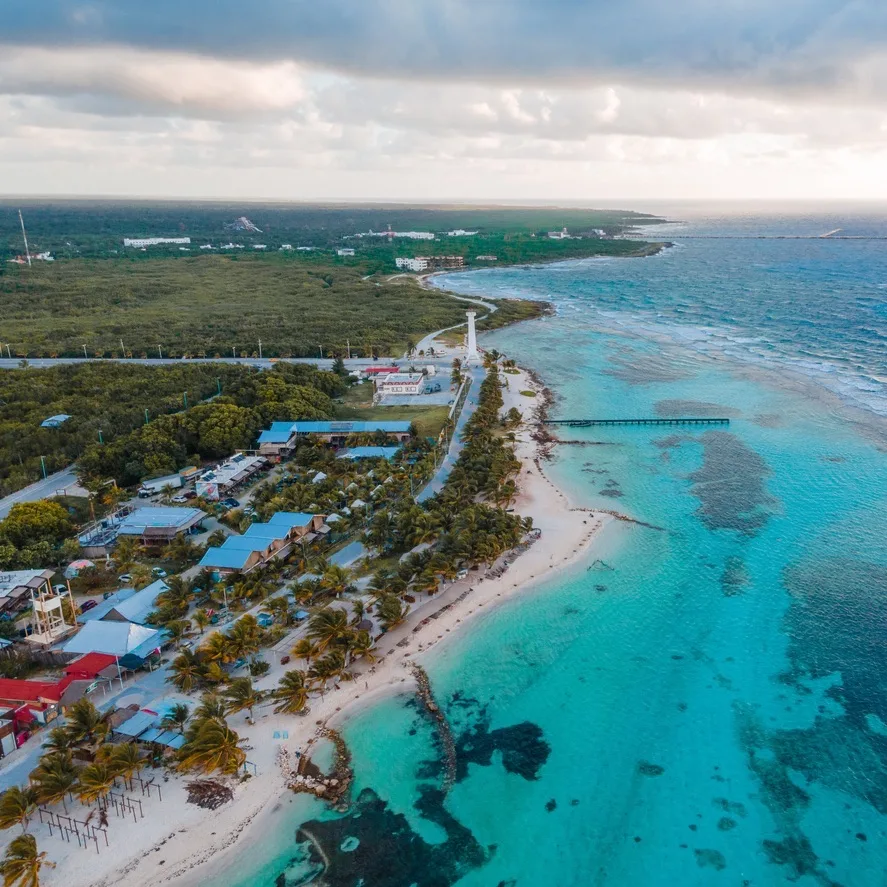
What to see in Chacchoben
Chacchoben, which means “Land of the Red Corn,” is made up of small villages that lived their splendor in the year 300 BC. Like any archaeological zone, Chacchoben suffered the consequences of abandonment in the middle of nature. Although they are large constructions, the trees and vegetation covered them entirely for hundreds of years. This set of Mayan ruins was officially reported to the Mexican government in June 1972 by Dr. Peter Harrison, an American archaeologist who was working on a project for The Royal Ontario Museum and who also made the first maps of Chacchoben. Harrison stumbled upon this site while flying a helicopter over Mexico and noticed numerous hills in predominate flatlands. Harrison realized there were temples beneath these hills, which were naturally covered over a period of 2000 years. It is believed that it was an important commercial route.
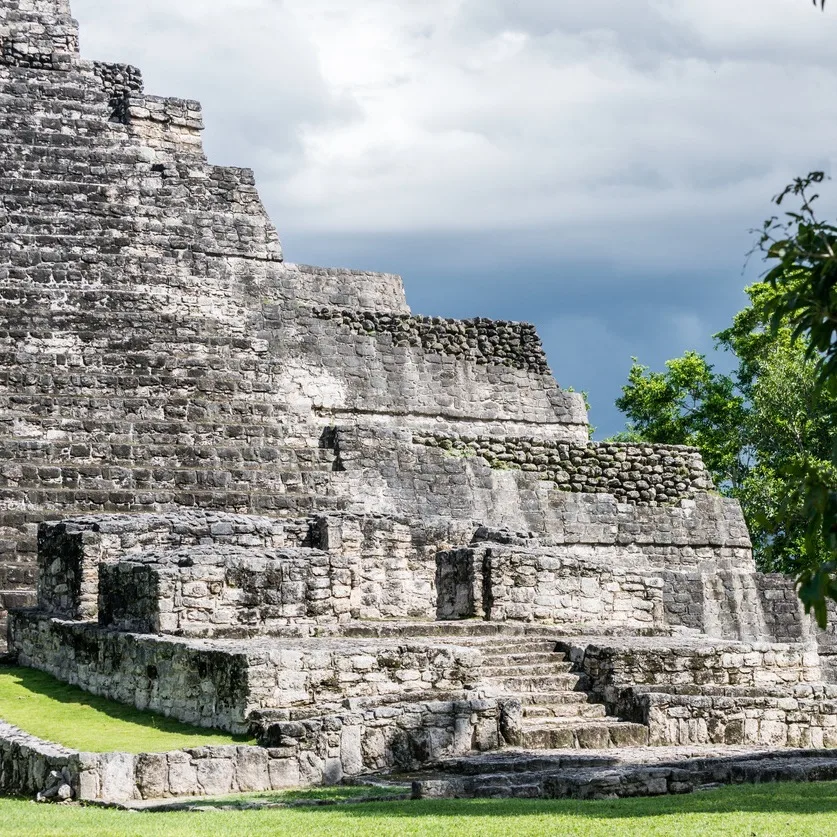
When visiting Chacchoben, you will be surprised by the Great Pyramid surrounded by the lush jungle. It is a step pyramid that concentrated religious and public order activities. On one of the stairs that allows access to the basement, you will find “Monument 1”, a marker of calendar dates associated with the equinoxes and solstices indicating most likely the beginning of agricultural periods.
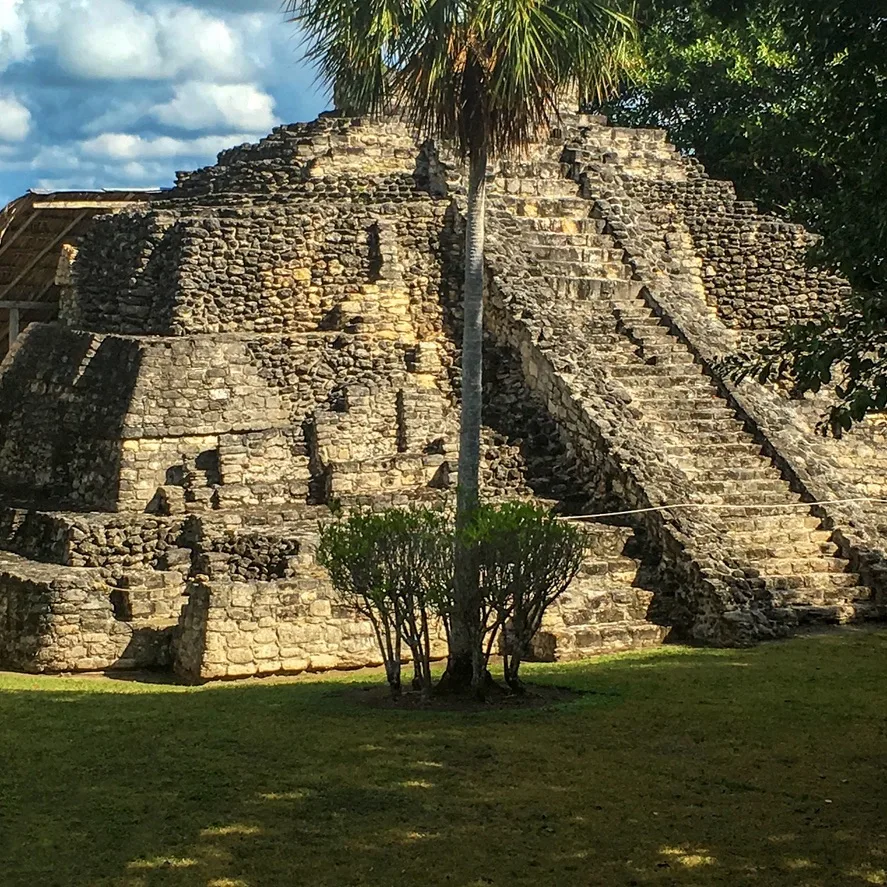
You will observe three temples, marked 1, 2, and 24. The amazing feature of these temples is that there is a smaller one within them. They are hollow, unlike the pyramid of Chichen-Itza, which is believed to be completely solid.
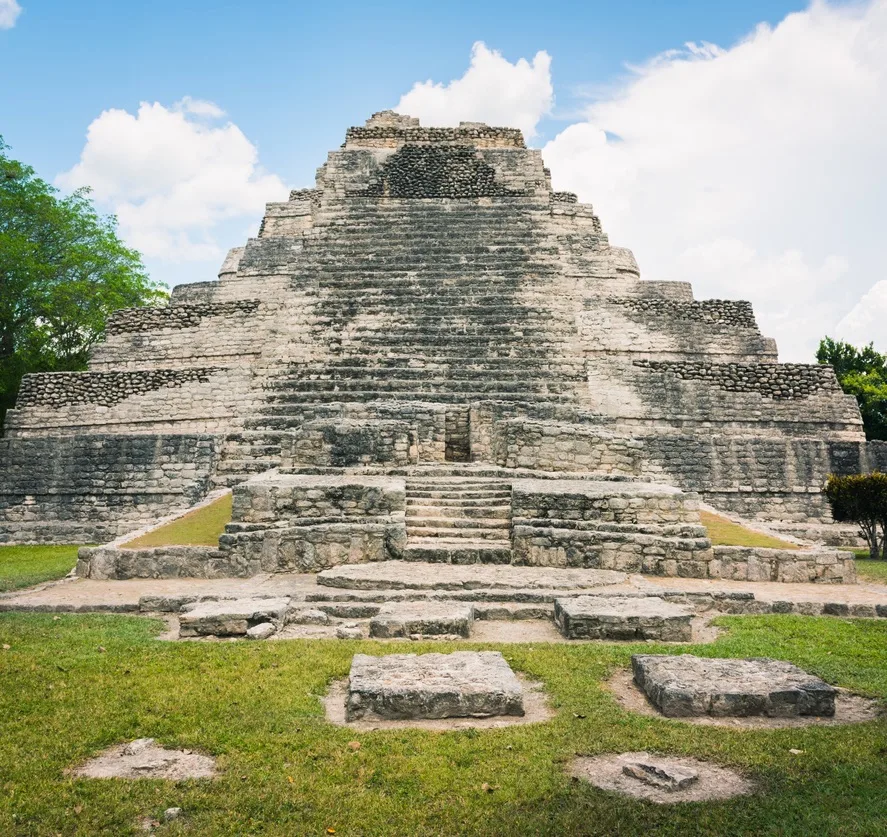
Equinox in Chacchoben
On March 21st and September 21st of each year, when the equinox takes place, the sun aligns perfectly with temples 1 and 24. It is believed that at that time, the ruler of the area climbed to the tip of the temple, and as the god, they thought he was, he received all the power of the sun. It is an ideal time for all those who love photography and want to enjoy this show that was built more than 2300 years ago.
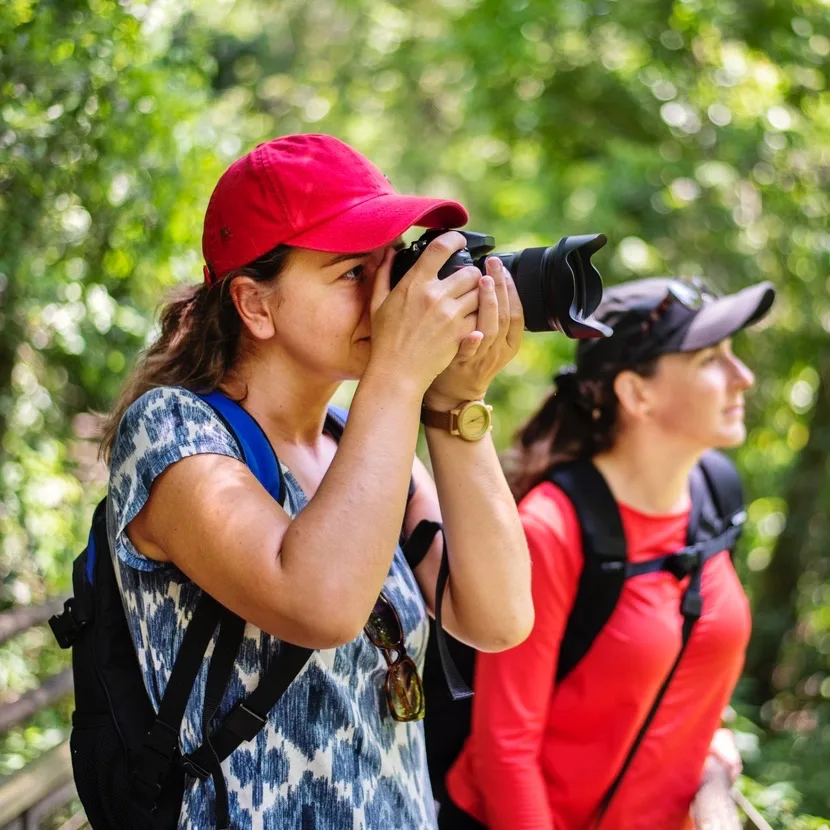
Impressive Flora and Fauna
In addition to these impressive temples, a walk through the archaeological zone also allows contact with the vegetation of the area. Zapote trees, White Cedar, and Mahogany trees are some of the impressive varieties that cover the site. Chacchoben is also a great place to observe toucans, songbirds, and the “Melipona Bee,” also known as “Stingless Bee.” This bee, which the Mayans have used for honey and wax for centuries, was also used as a bargaining chip and as a remedy in traditional medicine. Ancient and contemporary Mayan communities have cherished it as it contains twice as nutritious properties as ordinary honey used for medicinal purposes. You will find honey from these bees for sale at the site.
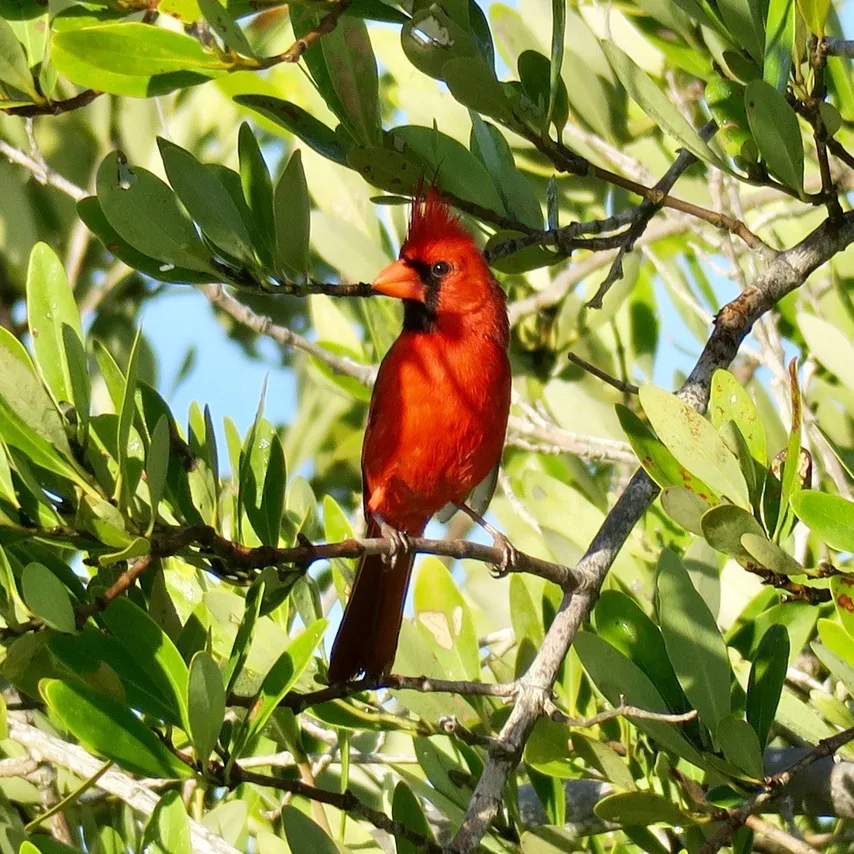
Important Tips to Consider for Your Visit to Chacchoben:
- It is open Monday to Sunday from 9:00 am to 3:00 pm.
- General Admission is $65 pesos (3.00 USD).
- Services on-site include restrooms, tourist information, guides, artisanal products, light snacks and beverages.
- The visitor must cover an additional fee for the use of the parking lot.
- Wear fresh and comfortable clothes and respect the instructions of the INAH staff on site.
- You can find a tour operator that will offer a bilingual guide and round transportation from the Costa Maya Port and last 4-hours.

Quintana Roo will never cease to amaze us, and the archaeological zone of Chacchoben is one more reason to travel there and enjoy the cultural richness that Mexico offers.
Plan Your Next Cancun Vacation:
Traveler Alert: Don’t Forget Travel Insurance For Your Next Trip!
Choose From Thousands of Cancun and Riviera Maya Hotels, Resorts and Hostels with Free Cancellation On Most Properties
↓ Join the community ↓
The Cancun Sun Community FB group has all the latest travel news, conversations and tourism Q&A’s for the Mexican Caribbean

Subscribe to our Latest Posts
Enter your email address to subscribe to The Cancun Sun’s latest breaking news affecting travelers, straight to your inbox.

J
Saturday 27th of May 2023
A "Complete Guide" would contain detailed options for transportation to this Site No mention of what bus or taxi to take Its seems you assume everyone is just going to rent a car Not everyone wants to rent a car.... there are ample buses but some info would be useful